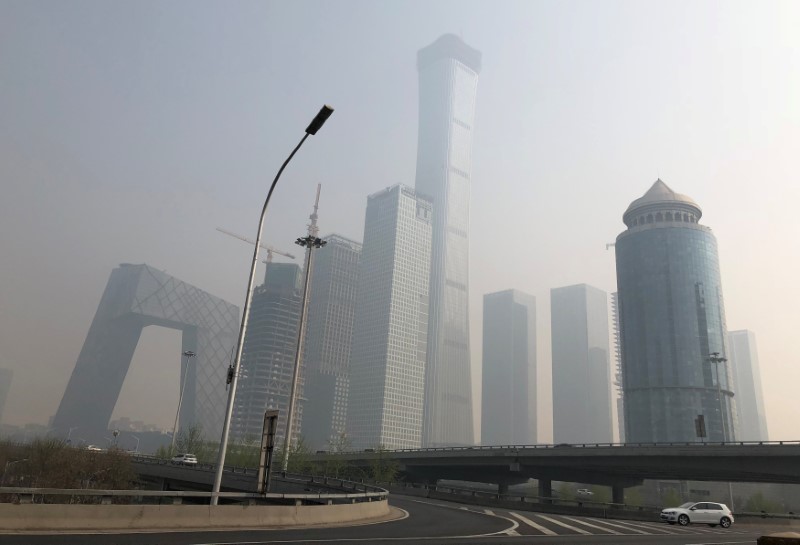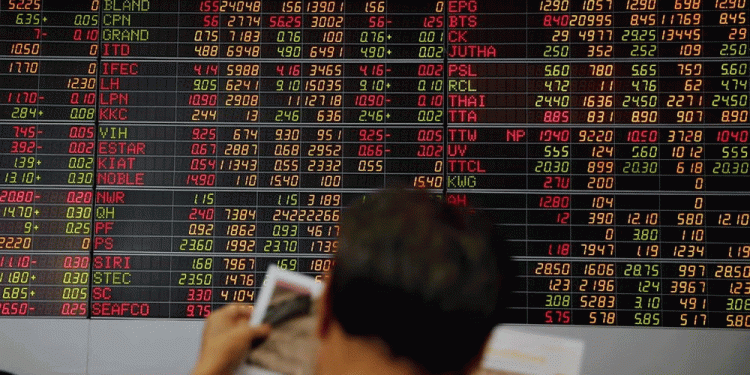 © Reuters. FILE PHOTO: Buildings are seen in Beijing’s central business area
© Reuters. FILE PHOTO: Buildings are seen in Beijing’s central business areaSHANGHAI (Reuters) – China’s economy will likely expand around 6.7 percent in the second quarter this year, the State Information Center (SIC) said in an article published in the state-owned China Securities Journal on Saturday.
The forecast growth rate was slightly slower than an actual 6.8 percent expansion in the first quarter.
The SIC is an official think tank affiliated with the National Development and Reform Commission, the country’s top economic planning agency.
It forecast consumer inflation in the world’s second largest economy of around 2 percent and expected an increase of about 3.8 percent in producer price inflation in the second quarter from the same period a year earlier.
On the market-focused trade data, the official think tank expects dollar-denominated exports to grow around 8 percent in the second quarter versus a year earlier and imports to rise about 10 percent.
The SIC suggested the government “maintain flexibility in macro economic policy and actively deal with trade frictions between the United States and China … to ensure a steady and healthy development of the country’s broader economy,” it was quoted as saying in the paper.
In the same article, the SIC also said it expects China’s industrial output to grow about 6.6 percent in the April to June period from a year earlier, fixed-asset investment growth to expand around 7.2 percent and retail sales to rise about 10 percent.
The Chinese government has set a GDP growth target of around 6.5 percent this year, down from the actual 6.9 percent in 2017.
China’s statistics bureau said this week that steady economic growth in April lays a good foundation for achieving the full-year growth target.
Fusion Media or anyone involved with Fusion Media will not accept any liability for loss or damage as a result of reliance on the information including data, quotes, charts and buy/sell signals contained within this website. Please be fully informed regarding the risks and costs associated with trading the financial markets, it is one of the riskiest investment forms possible.
Source: Investing.com



























